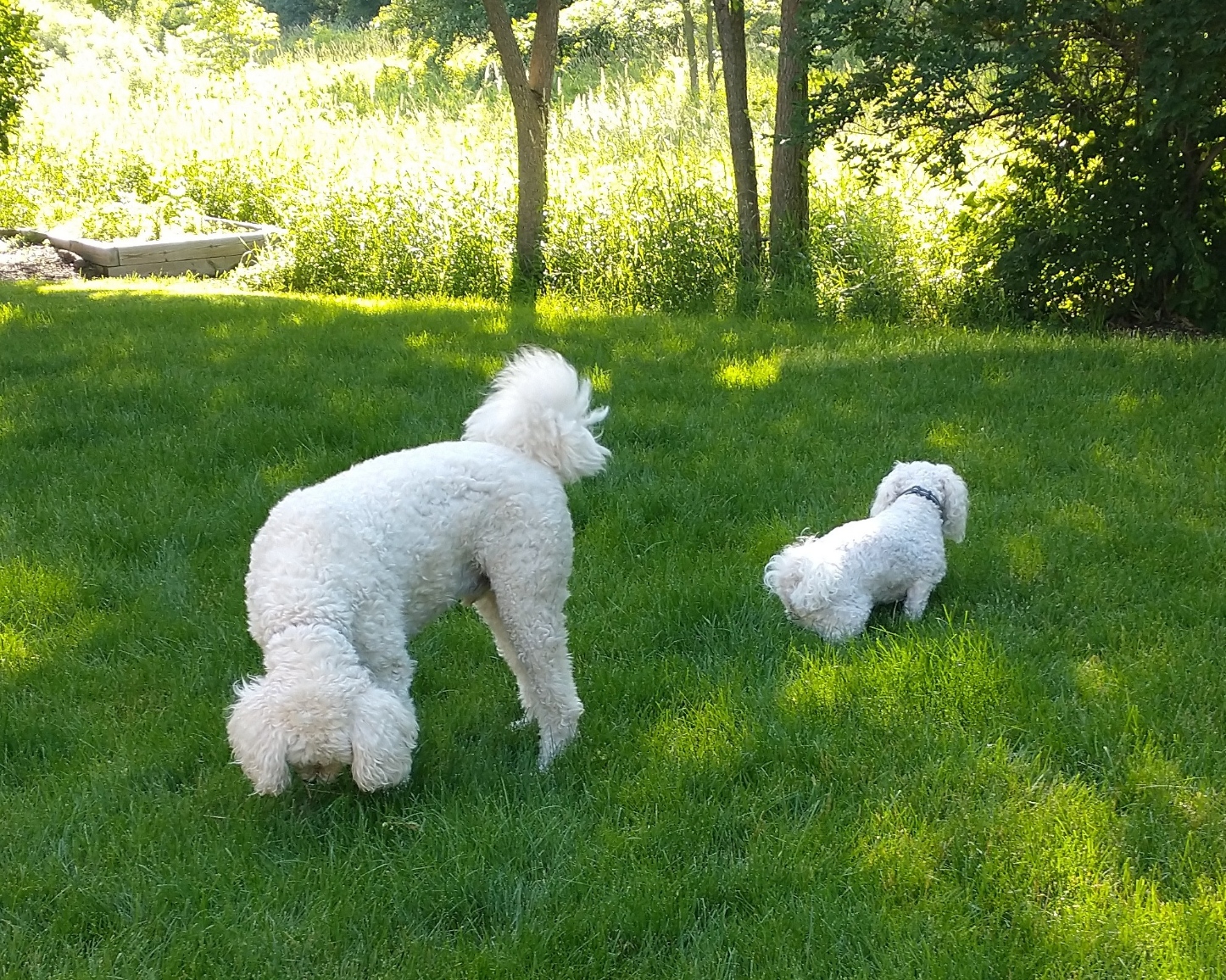We are staying in a resort outside of Dahlonega, so we had to investigate its "golden" history.
We drove into Dahlonega, about 15 miles from the resort (which is gorgeous, incidentally, and not just for RVers) yesterday. Our intention was to visit the Gold Museum--IF it was open. (We haven't had much luck with museums being open when we wanted to visit them.) Since it was Sunday, I doubted we would be getting in.
We were in for a surprise. The town of Dahlonega (population about 8,000) was teeming! And it wasn't even 1 p.m. It seems that this town reinvented itself into a tourist destination, based primarily on its history with gold. Unique shops lined the town square, whose center was an old court house converted to the Gold Museum.
This town (and our resort) sits on the edge of the Chattahoochee National Forest, which rises up on a mountain (more than 3,000 feet) and is next door to the Great Smokey Mountains National Park. Obviously, this area attracts many tourists, especially from the large Georgia cities of Atlanta and Athens, who want to escape the heat during the summer.
We did our tourist thing and visited the general stores and gawked at the local arts and crafts and expensive T-shirts. Then, just as an afternoon cloudburst started, we ran into the Gold Museum. Interesting fact: the buildings' two-foot red-brick walls are made from local clay and contain flecks of gold.
Serious gold mining occurred here until the Civil War. And the U.S. Mint actually had a branch in Dahlenaga. When mining for gold became too expensive (and also environmentally bad, since miners started using water cannons that devastated the landscape), the Mint closed down. The building was turned into what is now part of the University of Georgia, with approximately 7,000 students.
 |
| This sign describes how the diving bell operated for mining purposes. |
 |
| This is part of the air chamber that led down into the diving bell. |
 |
| The diving bell in which miners dug up ore from the bottom of the river bed. |
 |
| Another view of the diving bell. |
Mining started when someone found a big chunk of gold. It went through its various iterations, including panning, and deep tunnel mining. An interesting form of gold mining, however, was done in a diving bell. The bell was sunk into the local river. Two men would work in a small chamber, digging up the bottom of the river for ore. The diving bell was discovered and restored and is a centerpiece of a park near the town center. Very interesting.
Dahlonega has two mine tours. One has a stamping mill where gold jewelry is made from ore mined on site. The other is an underground mine that is no longer operating. We chose not to go on the tours, but I think if I were here with kids, it would be a great adventure.
We also went to another nearby town, Dawsonville, and went on a tour of a mini-distillery. Jim sampled the apple brandy and said it was very good. I believe the place was called Moonshiners.
Finally, we decided to fish in one of the lakes here at the resort. Didn't catch anything, but we will try again today.
Tomorrow we stop being tourists and will head toward Indiana.
Until later,
Your Reluctant RoVer,
Linda




No comments:
Post a Comment